[youtube=http://www.youtube.com/watch?v=KJ7Km7SEZ70] Time to Choose PeaceA Rabbinic Letter to President-Elect Barack ObamaRabbis, Cantors, and Jewish clerical students:Join your colleagues in urging President-elect Obama to make resolution of the Israeli-Palestinian conflict a top priority of the incoming administration by signing on to the statement below.Current List of SignersFrequently Asked Questions (FAQs)DONATE to support media campaign around the letterSigner DisclaimerNOT A RABBI OR CANTOR? CLICK HERE
Time to Choose PeaceA Rabbinic Letter to President-Elect Barack ObamaRabbis, Cantors, and Jewish clerical students:Join your colleagues in urging President-elect Obama to make resolution of the Israeli-Palestinian conflict a top priority of the incoming administration by signing on to the statement below.Current List of SignersFrequently Asked Questions (FAQs)DONATE to support media campaign around the letterSigner DisclaimerNOT A RABBI OR CANTOR? CLICK HERE
Text of the Letter
We the undersigned, call on you, President-elect Obama, to pledge to make resolution of the Israeli-Palestinian conflict a top priority of your Administration.While you come into office with a long list of problems before you, the long-simmering conflict between Israel and the Palestinians is among the most urgent. After eight years of half-hearted diplomacy, there is no time left to walk softly and hope for the best.The consequences of failing to establish a durable peace are grim. The influence of Iran and Hezbollah would grow among an increasingly bitter Palestinian population, and extremists would have further excuse to do vicious battle with the West. It is difficult to calculate the damage that a downward spiral into fresh waves of violence could hold.American Presidents traditionally look to the Jewish community for insight on Israel-related policy. As Jewish clergy, we pledge to mobilize our people behind your leadership for a mutually-acceptable, two-state solution. We pledge to support you through difficult, trying times, and to celebrate with you when the job is done. We pledge to let the American public know: An American President who dedicates himself to the establishment of a durable Israeli-Palestinian peace acts in the best interests of Israel and the United States.* We call on you to dedicate yourself to the establishment of a viable Palestinian state living in peace alongside Israel early in your first term.* We call on you to appoint, within your first 100 days in office, a high-level, highly-regarded envoy to the region, an individual who has the ear of both Israelis and Palestinians, the respect of the American people, and ready access to your Oval Office.* We call on you to establish mechanisms of enforcement and follow-through, so that decisions made and agreements signed will be respected and brought to fruition.
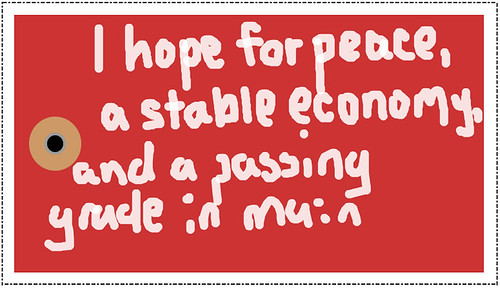
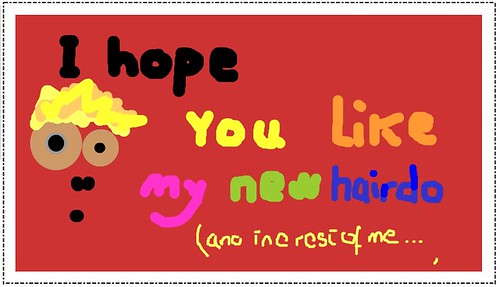
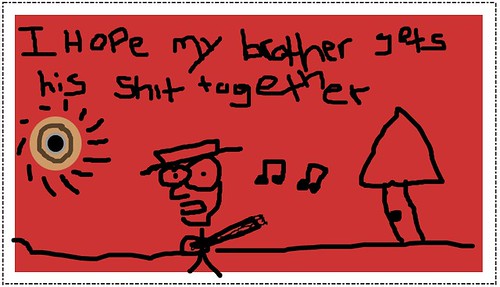
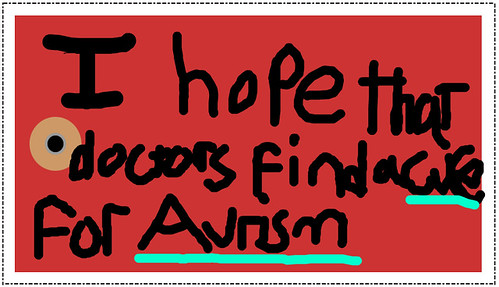
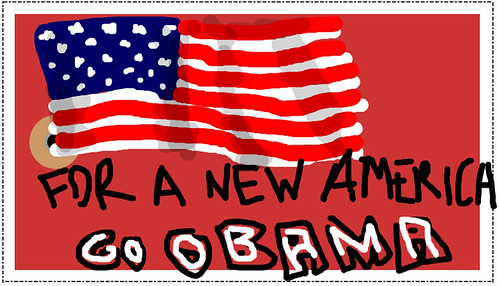
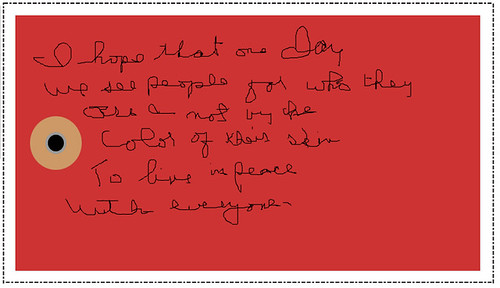
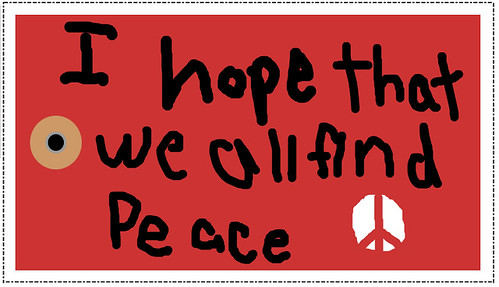
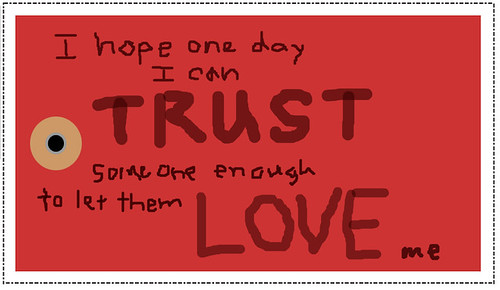

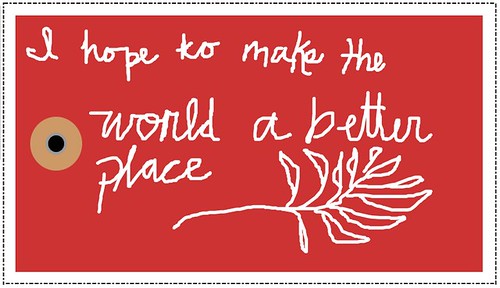
 Artistic Director,
Artistic Director, 

